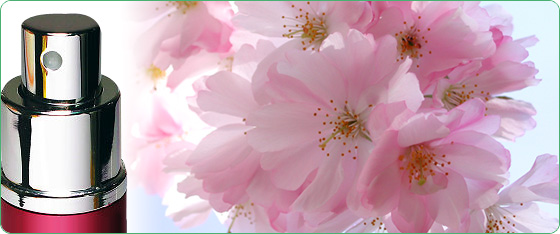
Make Your Own Perfume
Also think about how you are going to be applying your perfume or cologne. Will you wear it on your wrist, neck, or behind your ear? Will you dab it on, sprinkle it, or use an atomizer? As you perform your sniff tests you will want to focus on smelling your perfume or cologne from the distance most people will, and this depends on the application. Perfumes can smell differently at different distances, experiment with any store-bought colognes you have on hand – smell them right out of the bottle and then from a distance of 14 inches, the median that most people will smell a perfume when you're wearing it. It's not just the intensity that changes, is it? Different perfume notes become predominant at different distances.
Start by filling your perfume bottle about 2/3 of the way with alcohol. (Warning: grain alcohol is highly flammable. Be sure you work in a well-ventilated space and are not near any open flame.) You will want to add no more than 50 total drops of essential oil per half-ounce container. If there is one oil in particular you really like, you might start by creating a one-note fragrance. Put 50 drops of the oil in the bottle, cap and shake gently for at least a minute. Sniff it from several distances, as the perfume will change the closer you get to it. A one-note perfume will stress simplicity over complexity and is often the choice for an aftershave, eau de toilette or after-bath splash. For a more compelling and long-lasting fragrance, you will want to combine several oils. Perform the 'sniff test'... Does this scent take you somewhere? Does it excite your sense memories? Sometimes the combination of two or three oils will create a new and unexpected smell entirely. You may get hints of running water, freshly-mown grass, ripe cantaloupe, or richly turned earth.
